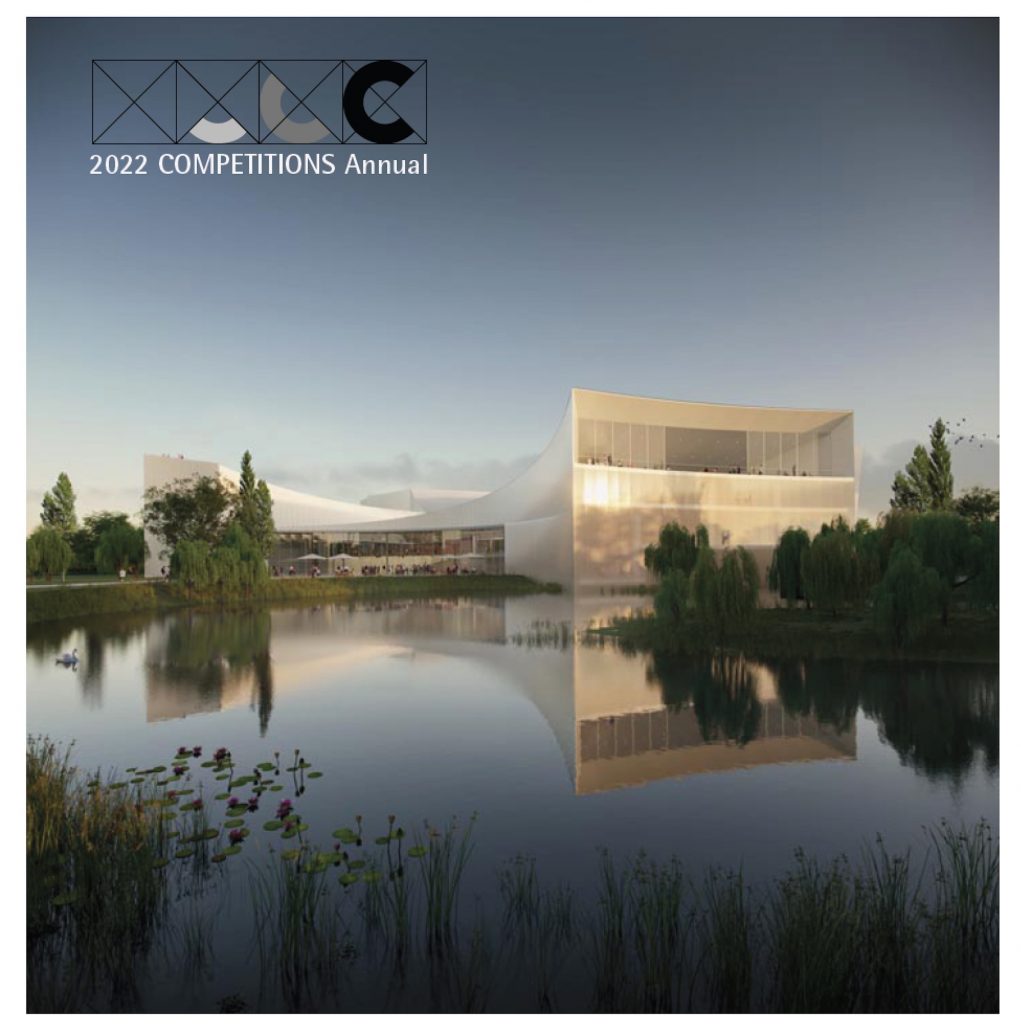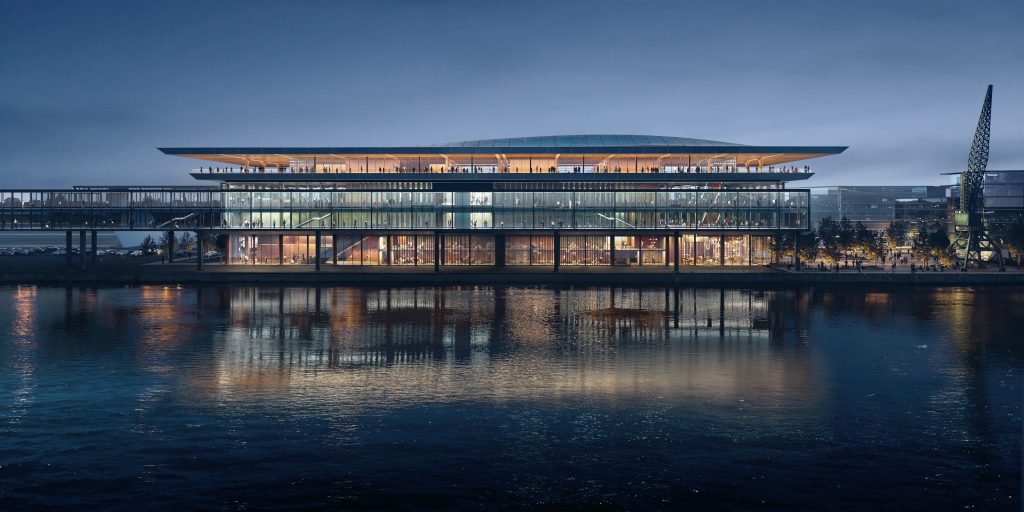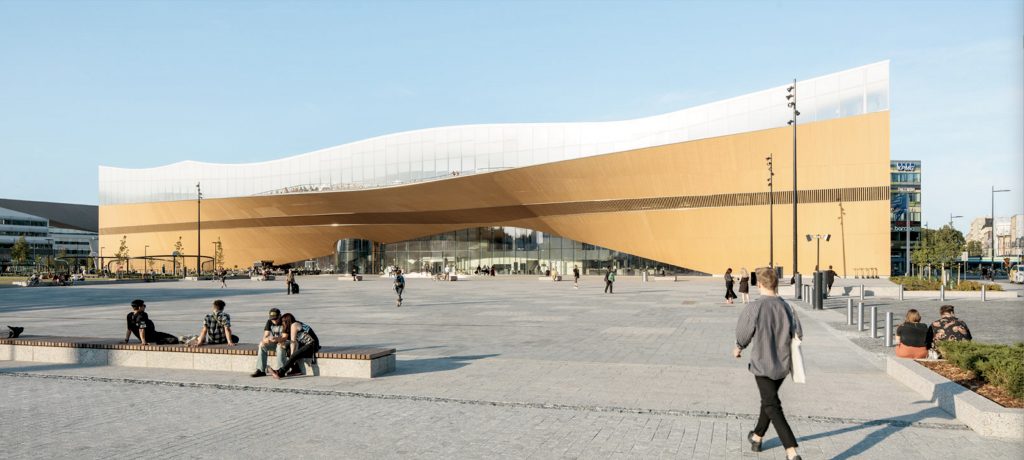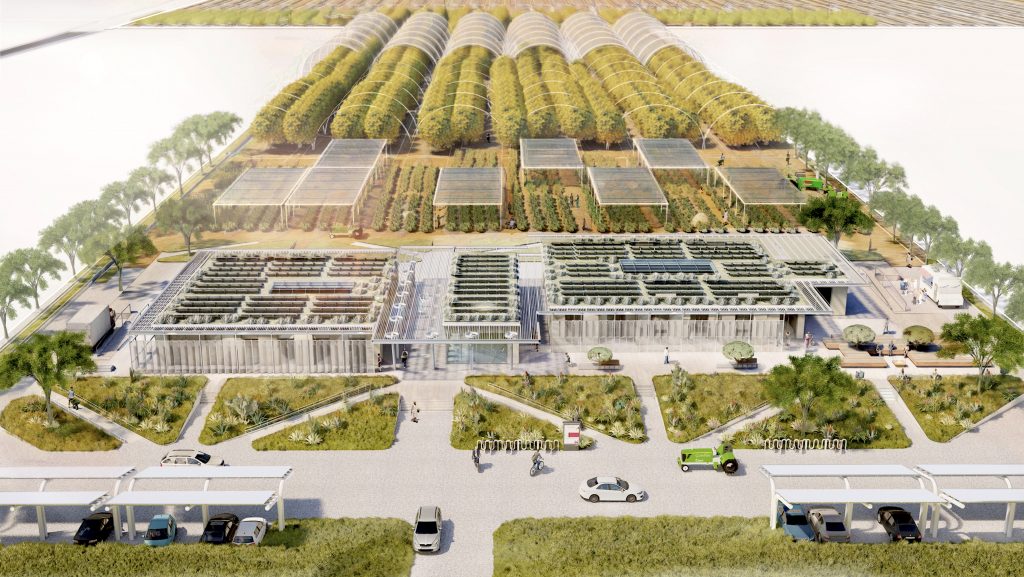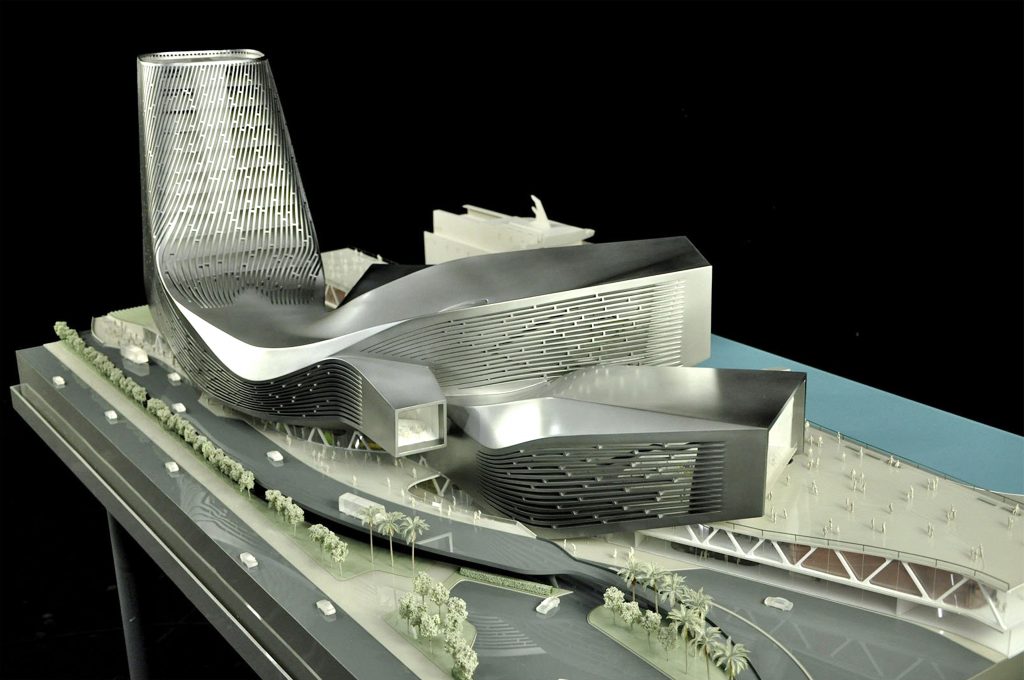
Sponsor: City of Christchurch, New Zealand
Type: Open, anonymous, two-stage
Eligibility: Any interested party
Fee: none
Language: English
History:
At 4:35am on 4 September 2010, Christchurch residents awoke to an unimaginable new reality. A magnitude 7.1 earthquake occurred on a previously unknown fault. Over 14,000 aftershocks followed over the next three years, but it was the shallow 6.3 magnitude aftershock at 12:51pm on 22 February 2011, that brought death and devastation to the city.
185 people lost their lives in what was New Zealand’s second-deadliest natural disaster. The center of the city was cordoned off until July 2013, and only 20 percent of the original buildings will remain when demolition is completed.
Among those buildings that survived the earthquake is the Christchurch Art Gallery, a spectacular structure, which was the result of a competition won by the Buchan Group in 1998. One post-earthquake problem was water presence under the foundation, necessitating major repairs. It is anticipated that the Gallery will reopen in 2015.
Timetable:
The Competition
The competition will be administered in two stages, the first stage to determine a shortlist of six participants in the second stage. Those participants completing the second stage will receive honoraria of NZD$10,000 plus GST.
Jury:
Design Challenge:
The memorial will need to recognize and be integrated into the surrounding city fabric environment. The site is described in detail in Appendix A, which illustrates its relationship with minor and major roads, pedestrian routes and Te Papa Otäkaro/ Avon River Precinct.
The masterplan for Te Papa Otäkaro/Avon River Precinct suggests that a new pedestrian link be created to connect Montreal Street with Oxford Terrace. Although not a mandatory requirement for the memorial, respondents may choose to incorporate a pedestrian link into their memorial design.
Contemporary international approaches to memorials have favored place-based designs over designs that are focused on a particular object. Through this approach, a site has been chosen that is of sufficient size and with surroundings that are compatible with a place of reflection. It was important that the site be easily accessible and able to host large events while also able to serve as a quiet contemplative space and not conflict with the existing values and use of the area.
For more information and to register, go to:
http://ccdu.govt.nz/projects-and-precincts/the-earthquake-memorial/ideas-to-remember



























